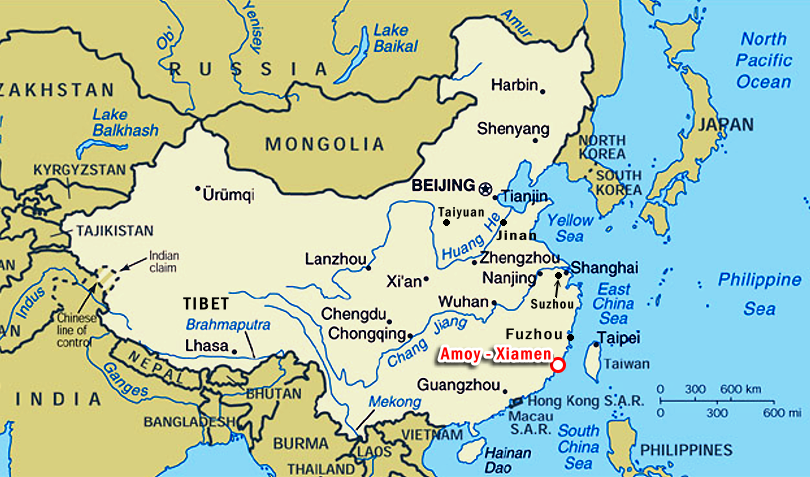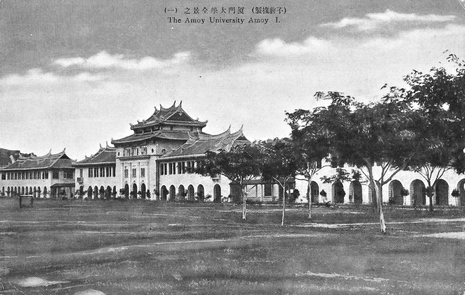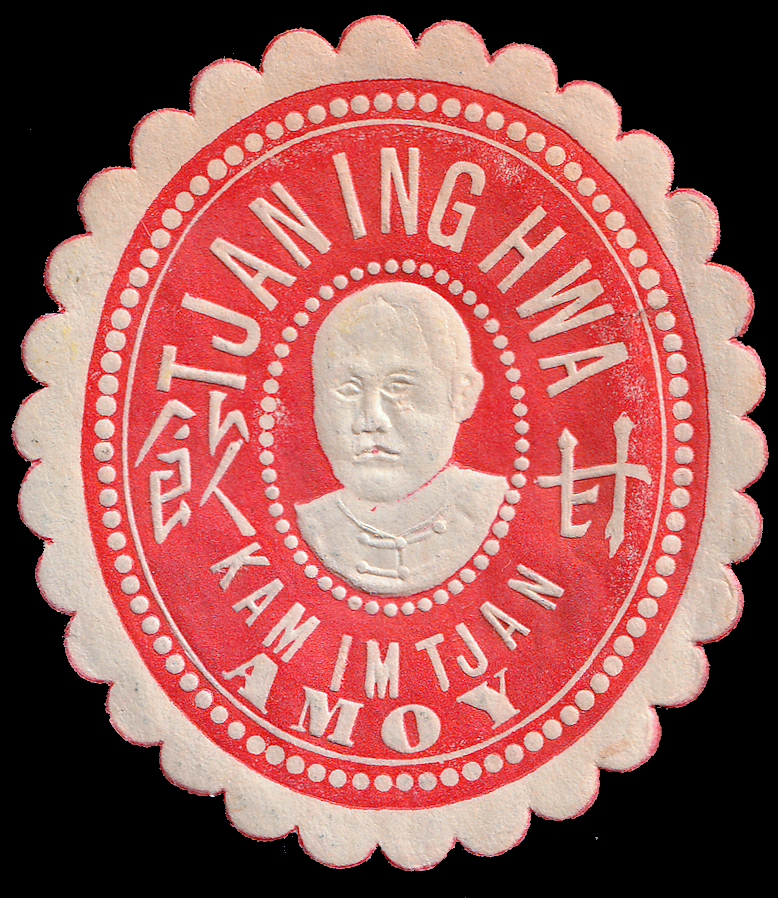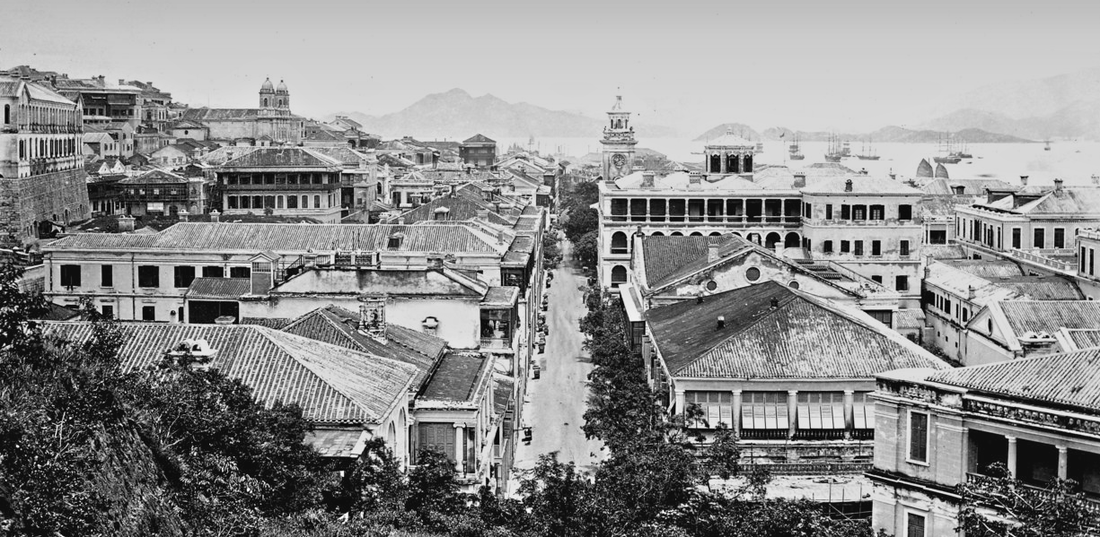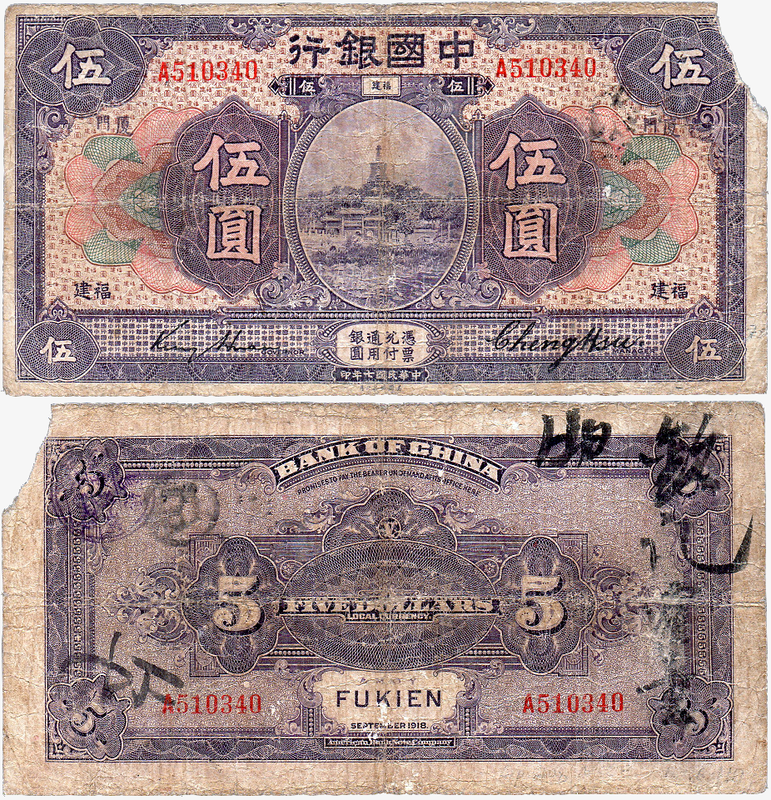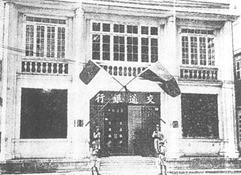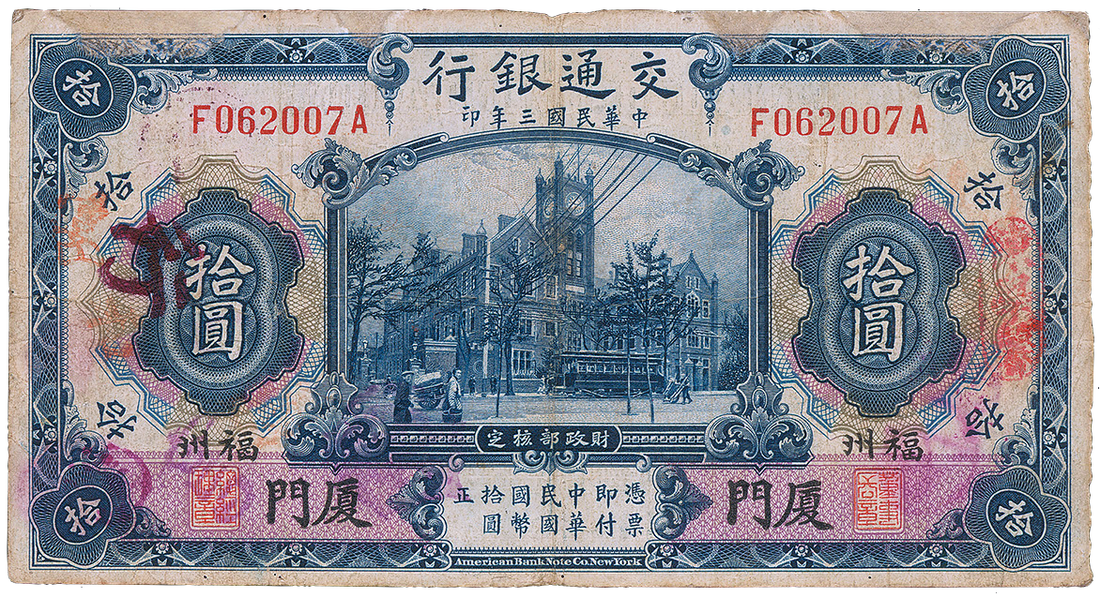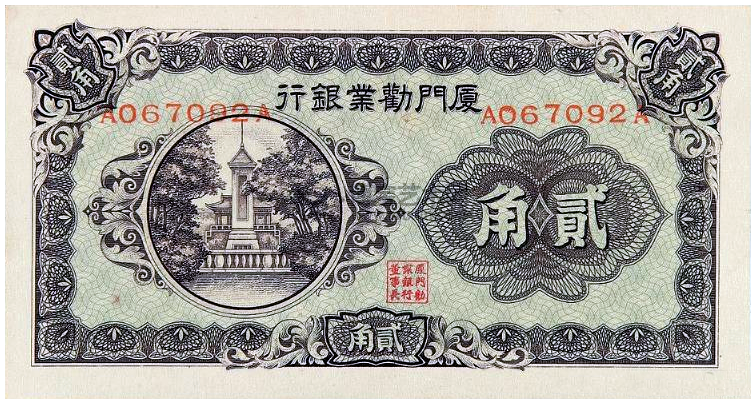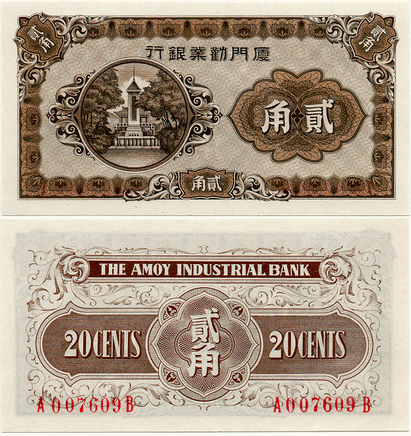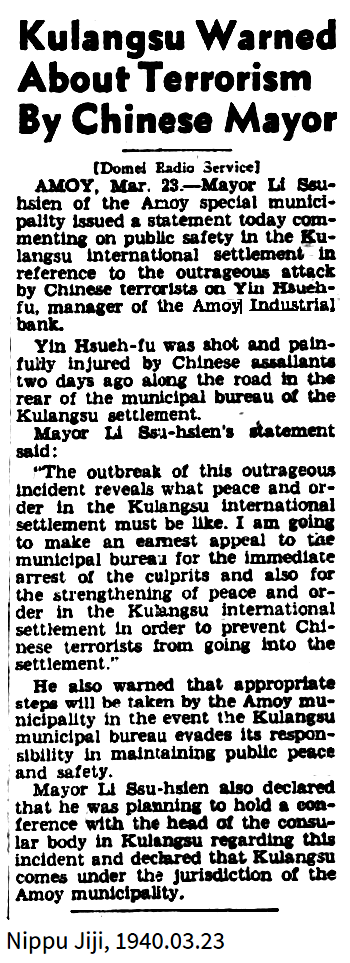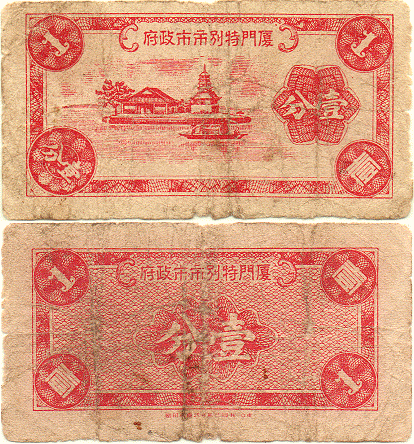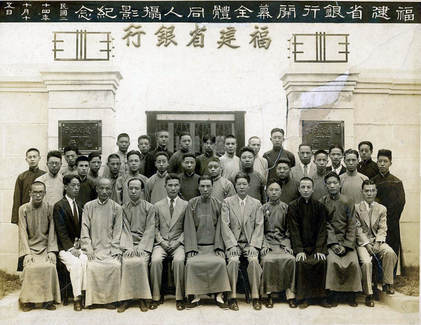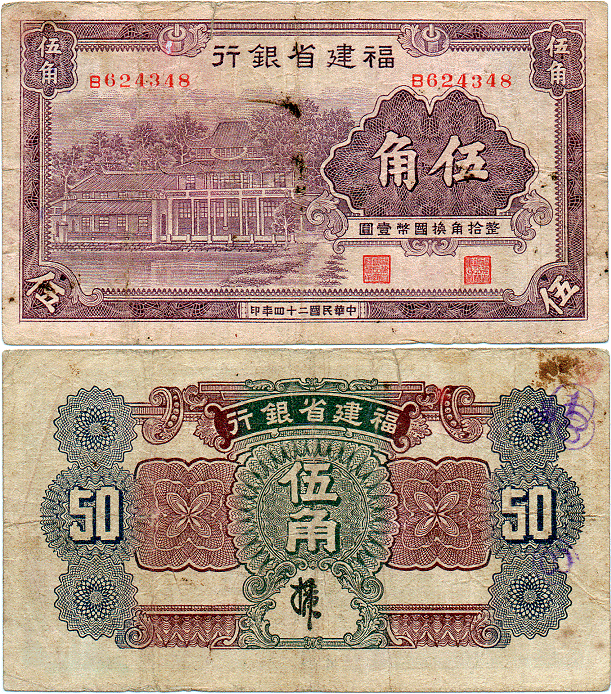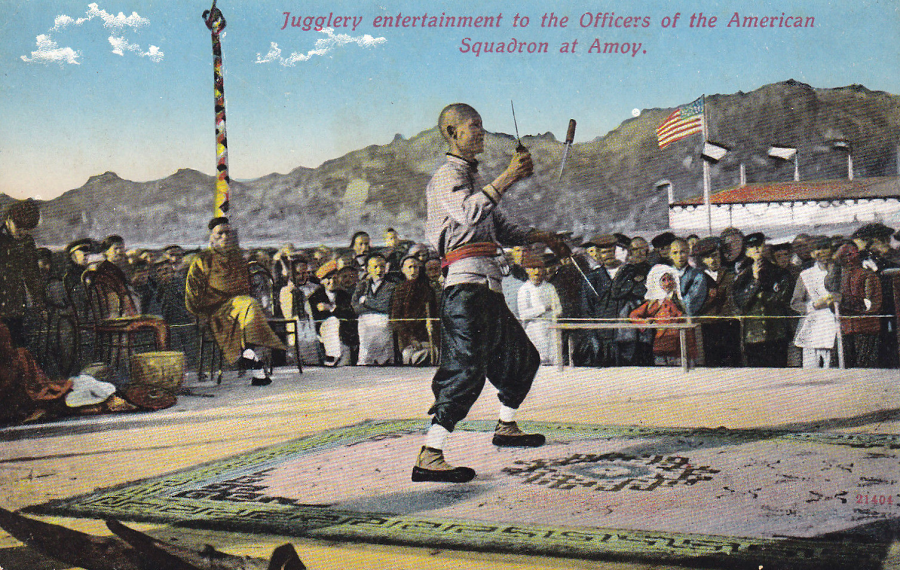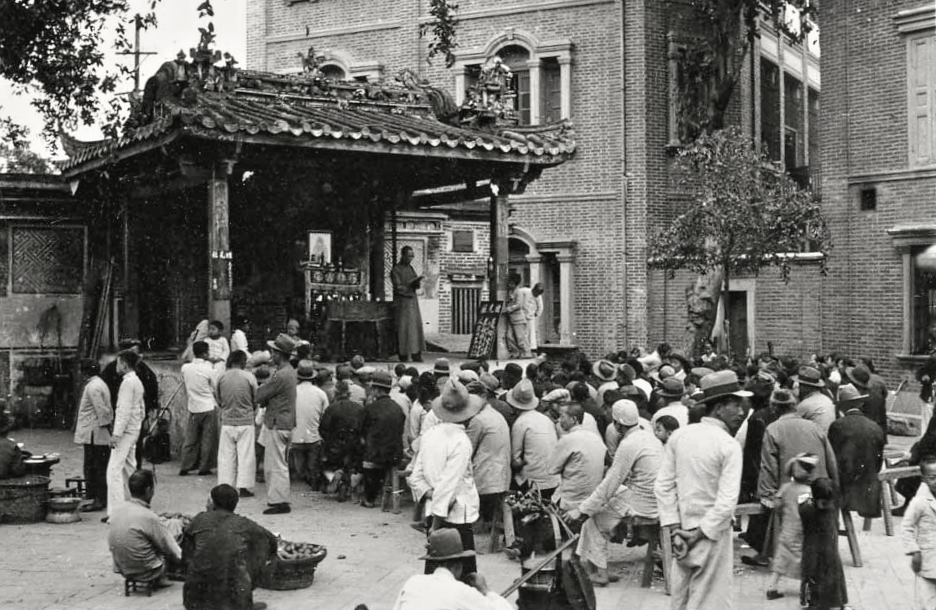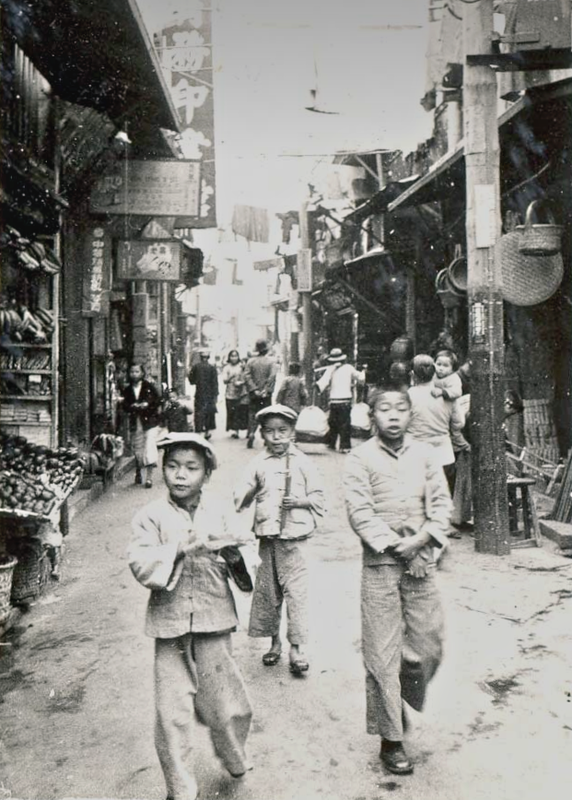Amoy - Xiamen - 厦門 |
Updated April 17 2020 |
|
Amoy (Xiamen) in Fukien (Fujian) province, is the colonial-historical name widely given to this port city from the 16th century until after the revolution in 1949. The name translates as 'lower gate' and probably refers to the city's position at the river mouth. The regional Zhangzhou dialect of Min Nan (a variety of Chinese) reading of these characters is the origin of the name 'Amoy'. The name was later changed to the current usage. The city is located on Amoy (Xiamen) island.
There was early settlement in the area from the Jin Dynasty of the 3rd century, and by the time of the Song (960-1279) a sea-port had developed open to international trade. The area was a centre for piracy and illicit trade. In 1387 the Ming built a |
fort in Xiamen, then part of Quanzhou, to guard against pirates.
In 1541, European traders (mainly Portuguese) first visited Xiamen. The Portuguese were expelled shortly after, though British ships occasionally came until 1757 when foreign trade was restricted to Canton (Guangzhou) near what would later develop into Hong Kong. The city developed into China's main port by the nineteenth century, for exporting tea.
After the Manchu Qing Dynasty overthrew the Ming in 1644, Ming loyalist Koxinga used Xiamen as a base to launch counterattacks against the invading Manchus from 1650 to 1660.
In 1541, European traders (mainly Portuguese) first visited Xiamen. The Portuguese were expelled shortly after, though British ships occasionally came until 1757 when foreign trade was restricted to Canton (Guangzhou) near what would later develop into Hong Kong. The city developed into China's main port by the nineteenth century, for exporting tea.
After the Manchu Qing Dynasty overthrew the Ming in 1644, Ming loyalist Koxinga used Xiamen as a base to launch counterattacks against the invading Manchus from 1650 to 1660.
|
During the First Opium War between Britain and China, the British captured the city in the Battle of Amoy on 26 August 1841. Xiamen was one of the five Chinese treaty ports opened by the Treaty of Nanking (1842) at the end of the war. As a result, it was an early entry point for Protestant missions in China. European settlements were concentrated on the islet of Gulangyu off the main island of Xiamen.
Xiamen in the 19th century was preeminently a tea port, exporting teas from southeastern Fujian. The peak of this trade was reached in the 1870s, after which Xiamen became the chief market and shipping port for Taiwanese tea produced by local growers who had emigrated to that island. |
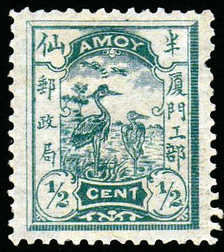
Above: the main buildings of Amoy University, c.1930. Right: a 1/2 cent stamp of 1894, issued from the concessions.
Amoy was among the first treaty ports, and several concessions were established here from the mid 19th century. Surprisingly little information seems to be available for them. Most of the foreign residents lived on Kulangsu Island in Amoy Harbor. Great Britain established its concession in 1851. Japan also established a concession much later, in 1900. During 1898-1901 the United States Government considered establishing a concession at Amoy primarily to be used as a naval base. With the taking over of the Philippines in 1899 the naval station idea in China was abandoned in 1901.
In 1902 most of the island was formed into an International Settlement similar in organisation to that of the International Settlement at Shanghai. One of the principal differences however was that here the Chinese residents had a voice in the local government. Britain relinquished its concession in 1930 but maintained its rights in the International Settlement. In 1939 Japan attempted to take over the International Settlement to protect it from disorders brought on by the Japanese themselves. American and British sailors were sent ashore to protect the integrity of the settlement and eventually Japan backed down. But not for long: in December 1941 following the attack on Pearl Harbor, the Japanese seized control. After their defeat in 1945, the remaining rights over the International settlement and concessions were relinquished to the Chinese government.
|
Amoy (Xiamen) was one of the main ports through which Chinese emigrants left on a large scale, to establish settlements in other parts of Southern Asia, especially Singapore, Malaysia, the Philippines and Indonesia. During the mid 1920s it was estimated that 100,000 Chinese were leaving annually through the port. From the mid 18th century onwards, Amoy was the only port through which Chinese migrants were allowed to travel to Dutch controlled Indonesia/East Indies. The expatriate 'overseas Chinese' continued to support schools, temples and other facilities in Amoy. Left: a label of c1920s for a unidentified business in Amoy, "Tjan Ing Hwa, Kam Im Tjan". Apparently a Indonesian-Chinese name; it is known that some migrants or their descendants returned having made fortunes overseas, to establish businesses in the port. |
On November 22 1933, Eugene Chen and the leaders of the 19th army of the National Revolutionary Army, set up the People's Revolutionary Government of the Republic of China, at the provincial capital of Foochow (Fuzhou). Blockaded by Chiang Kai-shek, it lasted less than two months.
During World War II, Xiamen was occupied by Japan from May 1938 to September 1945. A local 'puppet bank' The Amoy Industrial Bank' was established by the Japanese (see entry below).
In the Chinese Civil War that followed the defeat of Japan, the islands of Xiamen and Gulangyu were captured by Communist forces in October 1949 but an assault on the island of Jinmen was repelled by Nationalist defenders. The battle line of the war remained in the narrow channel between Xiamen and Jinmen. In 1955 and 1958, mainland China escalated Cold War political tensions by shelling offshore islands held by Taiwan including Jinmen in what became known as the First and Second Taiwan Strait Crisis. The Nationalists responded by reinforcing Jinmen and shelling Xiamen. Due to political tensions, the eastern half of Xiamen Island and much of the Fujian Coast facing the offshore islands remained undeveloped in the 1960s and 1970s.
Fujian remains the only province split between the control of mainland China and Taiwan, though inevitably the mainland controls the vast majority.
Above; a view of the colonial architecture of Amoy, from a hillside. c.1900
The Bank of China - 中國銀行
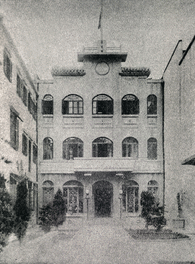
Little information is readily available for the Bank of China's Amoy branch, which from 1930 issued a series of notes unique to this branch. For a more detailed account of Amoy (Xiamen) 1930 issues of the Bank of China, please see the article here.
Bank of China notes were the principle circulating paper money in the port during the 1920s. Above: the Bank of China Amoy branch in the 1930s. Right: The Bank of China 1918 5 Dollars of Amoy-Fukien. The colour of 1918 series notes differed between branches; purple being the colour for Amoy/Fukien issued $5's. This example was issued during or after 1923, which is determined by the left-hand signature of Jin Huan 金还 (Governor 1923-28). |
The Bank of Communications - 交通銀行
The Amoy Industrial (Development) Bank - 厦門勸業銀行
|
A Japanese puppet bank established in occupied Amoy (Xiamen) to promote and support industrial development, and of semi-official status.
On February 16, 1940 (or, February 26 1942 - Erwin Beyer) the Japanese Puppet government invested 800,000 Yuan to incite Yin Xuepu and Chen Changfu to establish the Amoy Industrial (Development) Bank, and begin issuing paper money. The first elected Chairman and Manager was Yin Xuepu (Yin Hsueh-fu). The bank was headquartered at Tahan Road (now Zhongshan Road), with branches in Kinmen and Hong Kong. The bank issued two undated series of small change notes. The first series carries serial numbers on the front and is far scarcer. The was bank closed by the end of 1945 and may have ceased issuing money before. Upper right: a 20 cents of c.1941-42. This is the scarcest of the second series of notes which though overall identical in design, is printed from different plates to the earlier series, and carries the serial numbers on the reverse. The vignette depicts the Sun Yatsen monument (destroyed), once located near the South Gate in Zhongshan Park, Amoy. Right: an article of March 23 1940 in Japanese-English newspaper Nippu Jiji (later renamed the Hawaii Times), which describes the attack on the manager of the Amoy Industrial Bank, Yin Hsueh-fu (Yin Xuepu), by Chinese nationalists. Below: the first issue of the 20 cents of c1940-42, with serial numbers and a seal on the front. The color is also very different from the later issue. |
Amoy Special Municipal Government (Xiamen)
|
Japanese puppet currency issued during the occupation of the city by the Japanese sponsored city government - the Amoy (Xiamen) Special Municipal Government, established in 1939.
The currency circulated for less than a year due to a lack of acceptance by the populace. Only 1 and 5 cent issues are known. It was withdrawn and replaced by issues of the Amoy Industrial Bank. (An apparent 'alternate' history of these notes claims that they were issued during 1934 by the original Xiamen Special Municipal government which had been established under the short lived communist 'Fujian People's Government'. This however seems unlikely as these notes are clearly copying official Fukien Provincial issues introduced after 1934). Right: 1 Cent (1Fen) of c.1940. (front) 'Little' Jinshan pagoda and temple (rebuilt in 1934) on a small island located in the middle of the Wulong River (乌龙江) near the village of Hongtong (洪塘村) in the western suburb of the city of Foochow/Fuzhou (福洲). |
Fukien Provincial Bank (Fujian) - 福建省銀行
|
In January 1935 the Ministry of Finance reported to the national government at Nanking, approving the issue of construction bonds in Fukien (Fujian) province to generate one million yuan for organizing provincial bank funding. The bank was established in September-October 1935. The photo below apparently commemorates this event and depicts the staff in front of the new bank headquarters.
Right: 50 cents (5 chiao) of 1935. The building depicted remains a mystery though it is, or was, most likely a local government or university building in Foochow (Fuzhou) or Amoy. |
A few 1900s to 1930s images of the people of Amoy/Xiamen
Below: (upper left) a juggler performing at the barracks of the US squadron at Amoy, c.1900? (lower left) a speech or lecture being given at a shrine, 1936. (right) children on an Amoy side street, 1936.
Below: (upper left) a juggler performing at the barracks of the US squadron at Amoy, c.1900? (lower left) a speech or lecture being given at a shrine, 1936. (right) children on an Amoy side street, 1936.
